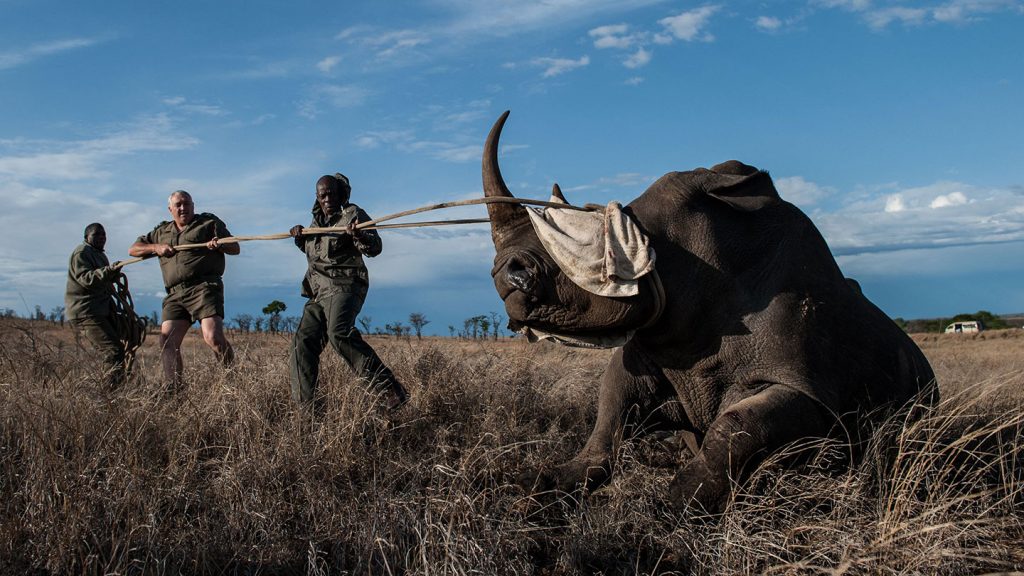In 1988, forensic entomologist Ian Dadour in Australia was called upon by the police to estimate the ages of maggots found on a human body to determine the time of death of a homicide victim. Building on this expertise, Dadour later trained officers in South Africa to use forensic entomology techniques for investigating crimes such as rhino poaching. This innovative approach has been integrated into the country’s law enforcement arsenal since 2014, with officers trained to collect insect evidence from wildlife crime scenes.
South Africa is home to numerous rhinos, including critically endangered black rhinos and near-threatened white rhinos. Rhino poaching, driven primarily by the demand for rhino horns, has been a major issue in the country, resulting in hundreds of rhino deaths each year. The application of forensic entomology techniques in investigating rhino poaching cases has proven to be highly effective in estimating the time of death, collecting evidence, and aiding in prosecutions.
Forensic entomology relies on the study of carrion insects such as flies and beetles that colonize dead bodies, acting as a biological clock to estimate the time since death. By analyzing the stages of insect development and the insect species present at different decomposition stages, investigators can determine the minimum postmortem interval. However, the accuracy of this method diminishes as decomposition progresses, which should be taken into account during investigations and court proceedings.
Researchers Ian Dadour and Melanie Pienaar conducted a study to identify the insect species used in investigating rhino poaching cases in South Africa. By examining 19 cases and analyzing insect samples collected from the rhinos, they found that blowflies and beetles were the most abundant and reliable insects for calculating the minimum postmortem interval. This study showcases the applicability of forensic entomology in wildlife crime investigations, providing valuable insights into the intersection of science and law enforcement.
Forensic entomology, while not a standalone tool, plays a crucial role in conjunction with other evidence in placing perpetrators at a crime scene and securing convictions. In a poaching case reviewed by Dadour and Pienaar, the information provided by the insects was instrumental in sentencing a poacher to prison. The successful application of forensic entomology techniques in wildlife crime investigations highlights the versatility and impact of this method in combatting illegal activities and protecting endangered species.
Despite its effectiveness, forensic entomology is not widely utilized in investigating wildlife crimes, including rhino poaching. However, its integration into law enforcement practices in South Africa has contributed to the gradual increase in rhino populations. By utilizing forensic entomology techniques in conjunction with other antipoaching measures, such as tracking and monitoring, efforts to combat poaching and safeguard wildlife have shown promising results in protecting vulnerable species like rhinos.


